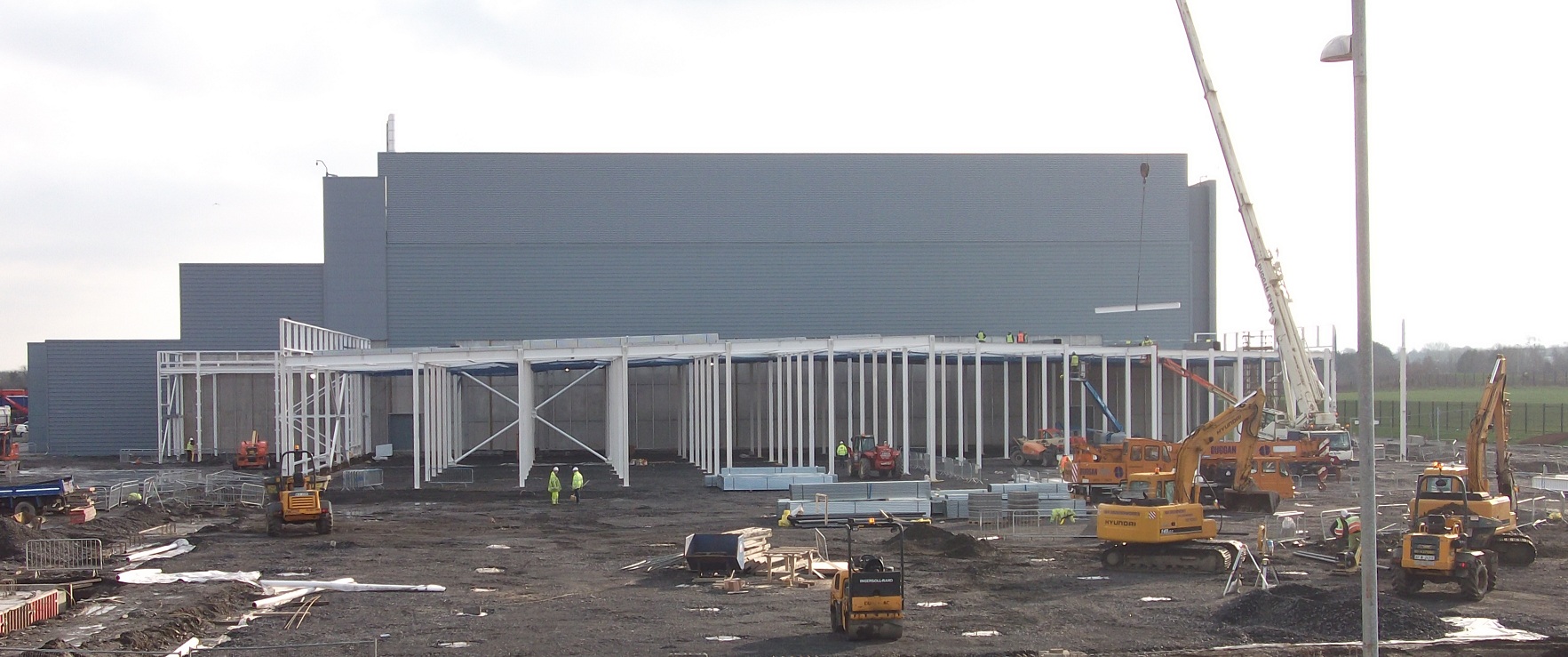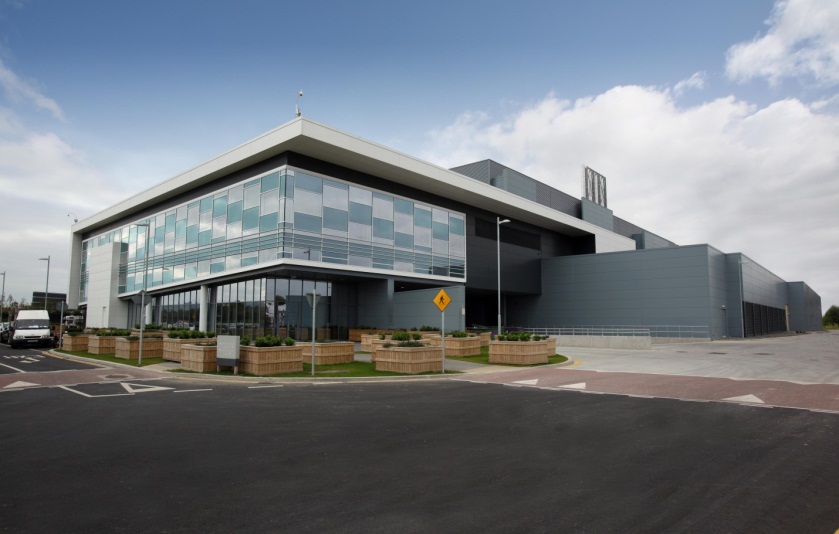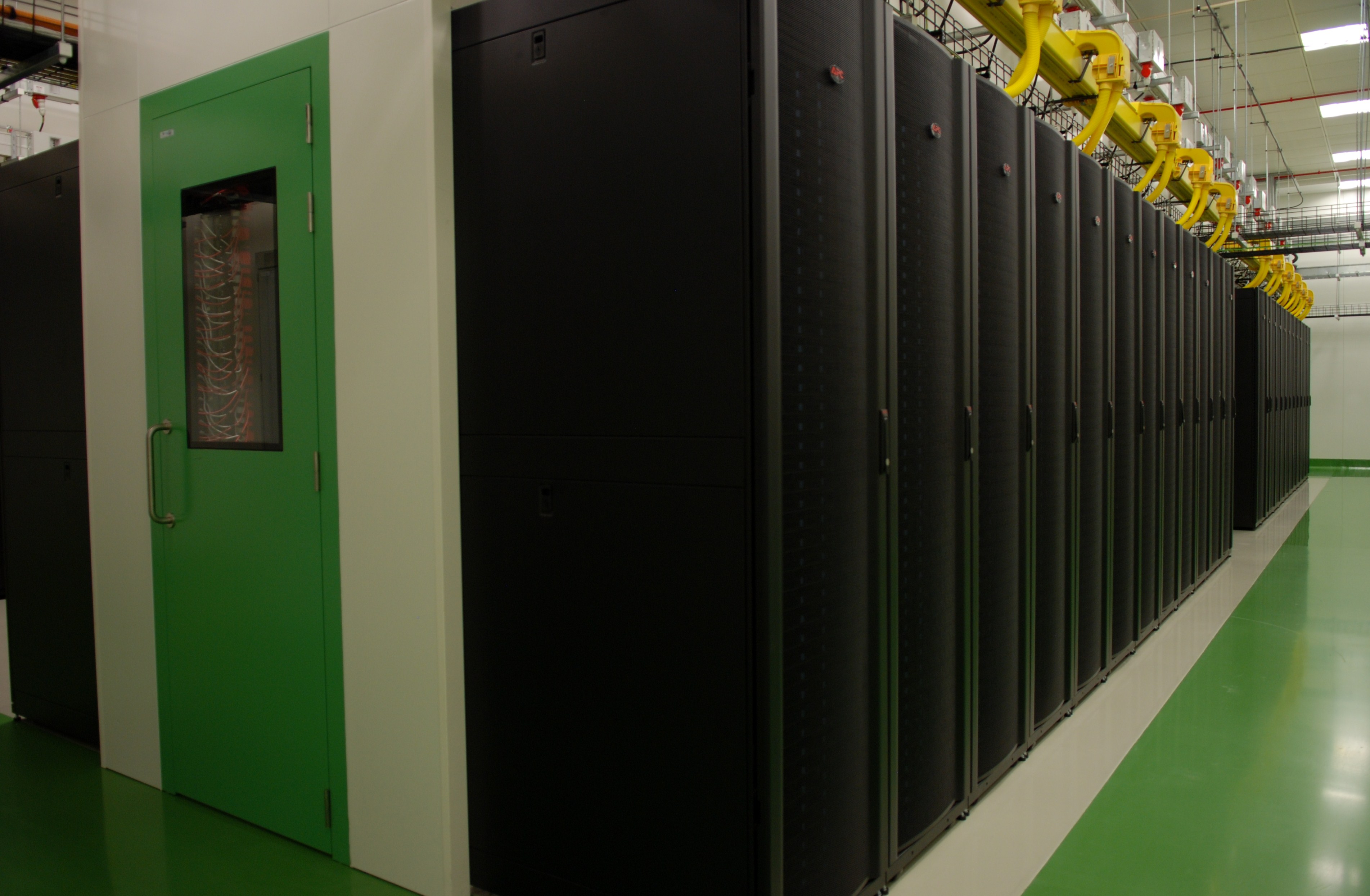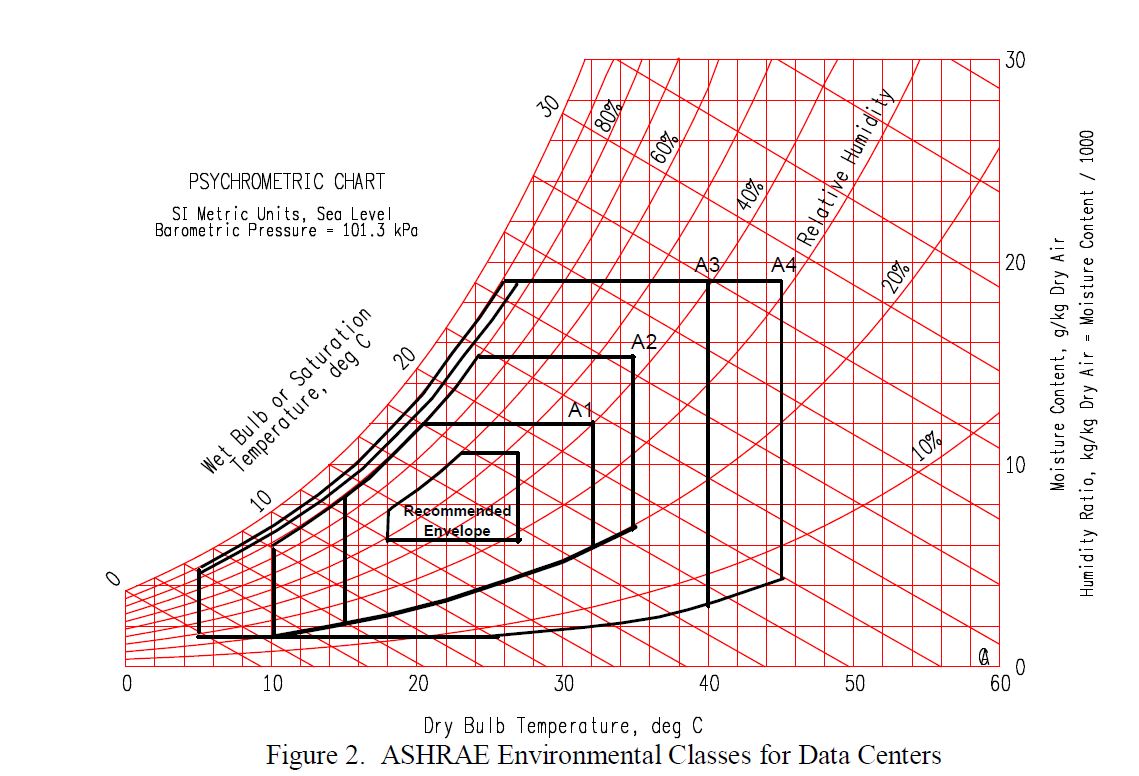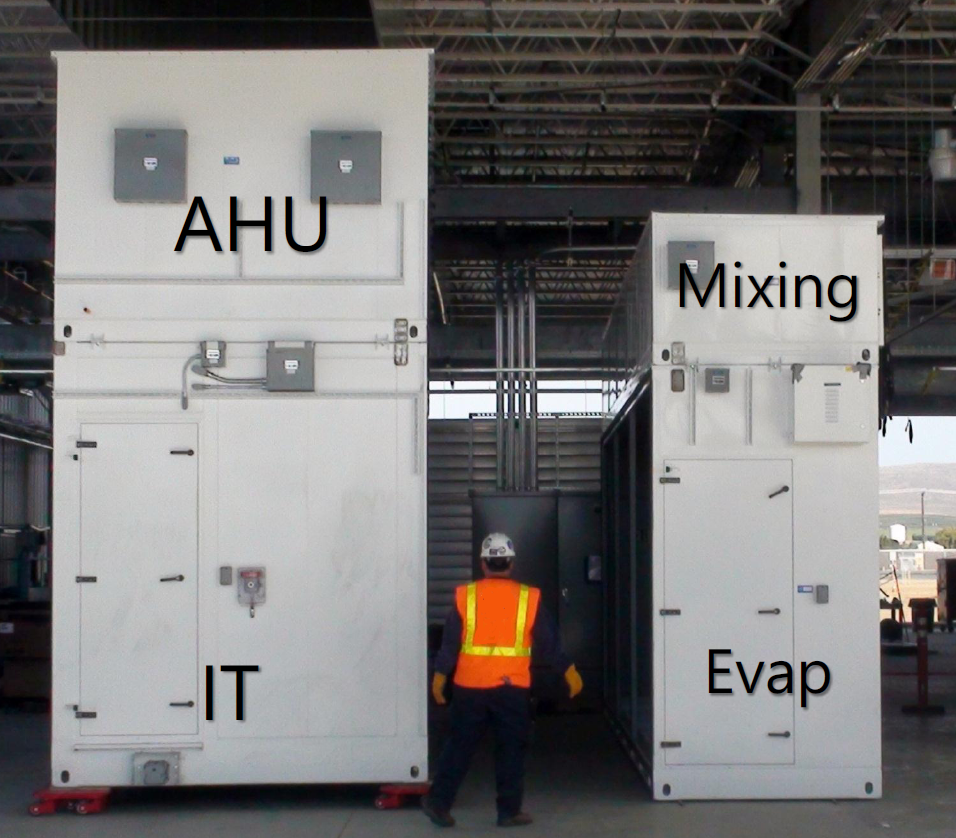Microsoft’s Dublin Data Center Grows with Enhanced Efficiency and Sustainability
By Dileep Bhandarkar, Ph. D, Distinguished Engineer
Global Foundation Services, Microsoft
Last week, we announced an addition of 112,000 square feet and 13.2 MW of cloud computing power to our Dublin data center. This facility and one in Amsterdam are some of several that we have that support the EMEA region. This current expansion announcement raised some questions about whether the new design is a modular or traditional build. How is it different from other modular facilities that we have built in other locations? Why didn’t we use ITPACs as we did in Quincy, WA? I hope this blog will help answer these questions.
The new modular Dublin data center being built next to the first facility continues our commitment to reducing material and energy consumption.
In July 2011, I wrote:
“In recent discussions at several data center conferences, there is still some confusion about what modularity means. To some it means containers. The dictionary defines it as “the use of individually distinct functional units” or “constructed with standardized units or dimensions for flexibility”. A modular data center consists of smaller building blocks that can be replicated to deliver additional capacity. The form factor and size (power and floor space) can vary greatly. Our Gen 4 data center designs feature modular buildings that function as “colocation rooms” that can be populated with servers as needed, while the ITPACs are shipped fully populated with servers. Both are free air cooled in selected facility locations. This is the next step in our pursuit of higher energy efficiency. The physical form factor and technologies will evolve over time.”
Let’s start with a brief background about our Dublin data center. The first phase came online in September 2009. It was our first mega data center outside the United States and we wanted to take advantage of the cool weather conditions that enabled a more sustainable outside air cooling approach.
Microsoft’s mega Dublin data center went live in 2009 and has won numerous Sustainability and Innovation awards (listed below).
The roof top air handling units (AHUs) push the outside air into server rooms that do not have raised floors. The PODs in the colocation rooms isolate the hot aisle and then the air handlers pull the hot air up to the roof and push it out of the building. When the temperature is cold, we mix warm return air with the outside air to maintain a 75° F temperature in the server rooms. Dublin was our first attempt at airside economization and there was some concern about our ability to operate using free air cooling exclusively. Hence, we added evaporative washers in the air handling units (AHUs) for supplementary adiabatic cooling and we added direct expansion (DX) units to our design to provide additional back up as needed.
Colocation PODs contain the hot aisles of servers.
During the first year of operation, the weather never required us to use the DX units. Reviewing the historical weather data showed that the warmest average high temperature in Dublin is 66 °F in July and August, and hasn’t exceeded a maximum of 82°F between 1971 and 2000. When we began planning for the capacity expansions, we determined the DX units were unnecessary and that the adiabatic cooling would provide ample backup when temperatures exceed 75° F. For point of reference, the standard maximum recommended temperature for data centers under guidelines from ASHRAE is 80.6° F.
We had several goals for the capacity extension currently under construction. We wanted to continue to meet the growing demand for our online services such as Bing, Office 365, MSN, Windows Live, X-Box Live and the Windows Azure platform, while advancing our energy efficiency and environmental sustainability strategies. We decided to build a single story, steel-frame structure that is sheeted with a pre-manufactured, recycled metal cladding. A concrete pad foundation and floor support the structure. A concrete roof will hold the roof top AHUs. This is a departure from the more traditional two-story construction used in the existing facility that has been operational since 2009. As a result of the modular design features, we are able to significantly reduce the materials used, carbon footprint and wastes by approximately 50% percent of that used in traditional builds.
To further improve the energy efficiency, we eliminated the DX units and the adiabatic cooling and return air fans from the new air handling units. As a result, the data center does not require or use any water for cooling. This reflects a growing body of evidence that data center facilities can operate at significantly higher temperatures (ASHRAE now defines an Allowable A2 range of up to 95° F) without damaging the IT equipment. By raising the operating temperature of facilities, significant savings in energy consumption can be achieved. We plan to operate both Dublin facilities at 75° F which is well within the recommended range set by ASHRAE – with infrequent excursions during short hot spells to 85° F. Most server manufacturer’s warranty their equipment up to 95° F.
We are also using the free air cooling approach pioneered in our Dublin facility at newer modular sites in Boydton, VA and Des Moines, IA. However, the Dublin facility does not use the ITPACs that are being deployed in our Quincy, WA data center for specific workloads. The ITPACs use a different form factor, but the outside air-based cooling approach is very similar.
Our strategic modular design approaches are rapidly evolving as demand for our over 200 global cloud services grows. Therefore, our deployment of modular form factors in our infrastructures is broader than just ITPACs. Not many cloud providers today deploy and manage a cloud services portfolio as huge as ours and we have learned a lot about running data centers since 1989 and hosting cloud services since 1994. For operating at this huge scale, it’s about mechanizing the construction process of the entire facility and building for scale, reliability and availability for the services you are providing. The Dublin facility is designed to meet the needs of a wide set of workloads for the EMEA region and the modular form factors are selected to support specific services and SLAs hosted within it.
ITPACs were deployed to support cloud services at the Quincy, Washington data center.
The design also enables future growth in capacity. The facility can be fitted and brought online in 4.4 MW increments, making it computing scale modular as well. Given the wide range of online services and anticipated growth, this was the right decision for our customers.
The data center has gained the following recognition from the industry for its sustainability and innovation design strategies:
- Best European Enterprise Data Centre Facility by Data Centres Europe 2010
- Data Centre Leaders Award for Innovation
- European Commission’s Code of Conduct for Data Centre Sustainability Best Practice
Our team is proud of the improvements made and efficiencies gained. We look forward to bringing the new 112,000 square foot facility online around the end of 2012.
//db
